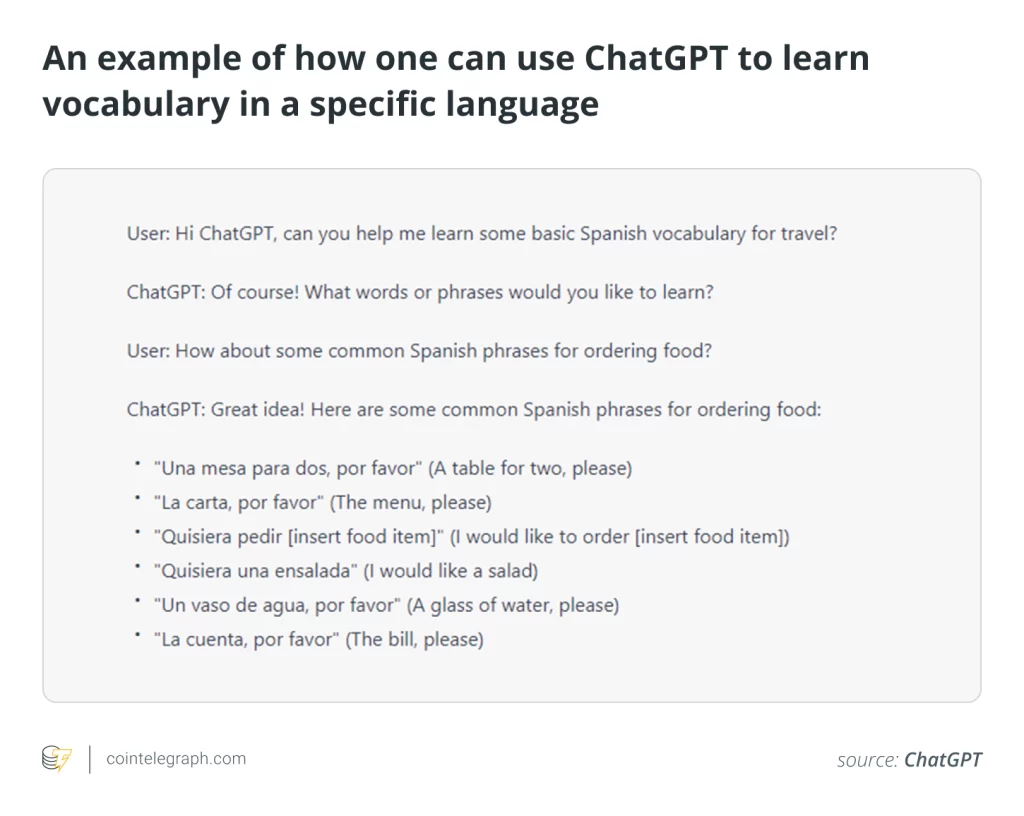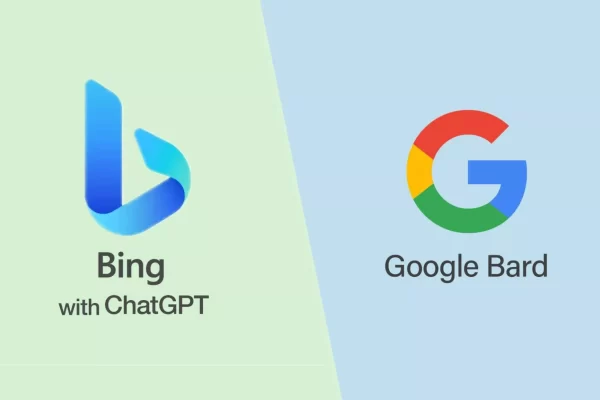Writing good ChatGPT prompts is essential for getting precise and relevant responses from the AI model. Clear and accurate context is important for ChatGPT to understand the purpose and scope of a user’s inquiry, allowing it to produce the required information.
What is prompting in ChatGPT?
In OpenAI’s ChatGPT chatbot, prompting is the process of giving the language model input or instructions to get the desired response. It includes creating prompts or questions that direct how the AI model interprets the task or subject. Prompts can be questions, statements, or any other type of input that instructs the model to produce a coherent and relevant response.
The effectiveness and quality of the prompt significantly impact the AI model’s outputs. A well-written prompt provides clear instructions and context, which encourages more accurate responses. It helps to establish the mood, outline the intended informational format, and direct the model’s deductive reasoning.
For example, a question like “What is the capital of France?” would be simple and direct, leading to a straightforward answer. On the other hand, a general question like, “Tell me something about France,” can result in a broader response that may or may not contain the information a user is looking for.
How to write a good ChatGPT prompt
Here are some important things to keep in mind when writing prompts for ChatGPT:
- Specify the topic or subject. Clearly state the desired topic or theme. This establishes context, and ChatGPT should produce responses that fit the requested subject.
- Provide background information. Give your topic some relevant background information. This can include applicable information, background context, or any other information required to understand the query or request.
- Describe any limitations or constraints. This can help to focus the response. For example, if you need a response in a certain amount of time or from a certain viewpoint, make that clear in the prompt.
- State your goal. Clearly express what information or reaction you are looking for from ChatGPT. Being clear about the results you want — whether it’s a specific solution, an explanation, or a recommendation — enables ChatGPT to offer more individualized and precise responses.
- Provide examples or scenarios. If appropriate, give examples or scenarios that best describe the particular situation or setting to which you are alluding. This can help ChatGPT to better understand the situation and produce more pertinent, contextualized responses.
- Be mindful of biases. Even though ChatGPT strives to offer unbiased and informative responses, it may occasionally reflect biases seen in the training data. If you are looking for multiple perspectives on an issue or making subjective inquiries, you can ask for a balanced or impartial stance.
- Review and verify responses. Even with carefully prepared prompts, it is important to check and double-check ChatGPT’s offered answers. When required, compare the information with other trustworthy sources or seek professional advice. Remember that ChatGPT is a language model and may not always give precise or comprehensive responses.
- Provide system-level directives. Users can provide ChatGPT with broad directives to direct its behavior. For example, they can select the level of detail (“provide a concise summary”) or the point of view (“answer as a scientist”) they desire in the response.

By giving ChatGPT explicit and detailed context, users make it easier for it to understand the request and produce solutions that meet their needs. If the initial results are unsatisfactory, keep trying and tweaking your prompts, and be aware that ChatGPT may not always deliver flawless or fully accurate replies.

Here are some additional tips for writing effective ChatGPT prompts:
- Use clear and concise language. The prompt should be easy for ChatGPT to understand, so avoid using jargon or technical terms.
- Be specific about what you want. The more specific you are, the better ChatGPT will be able to understand your request.
- Use examples. If you can, provide examples of the type of response you are looking for. This will help ChatGPT to better understand your expectations.
- Be patient. It may take some trial and error to get the results you want. Don’t give up if you don’t get the perfect response right away.
Want more? Connect with NFT News
Follow us on Twitter
Like us on Facebook
Follow us on Instagram
*All investment/financial opinions expressed by NFT News are from the personal research and experience of our site moderators and are intended as educational material only. Individuals are required to fully research any product prior to making any kind of investment.

This information is published by the NFT News media team.











